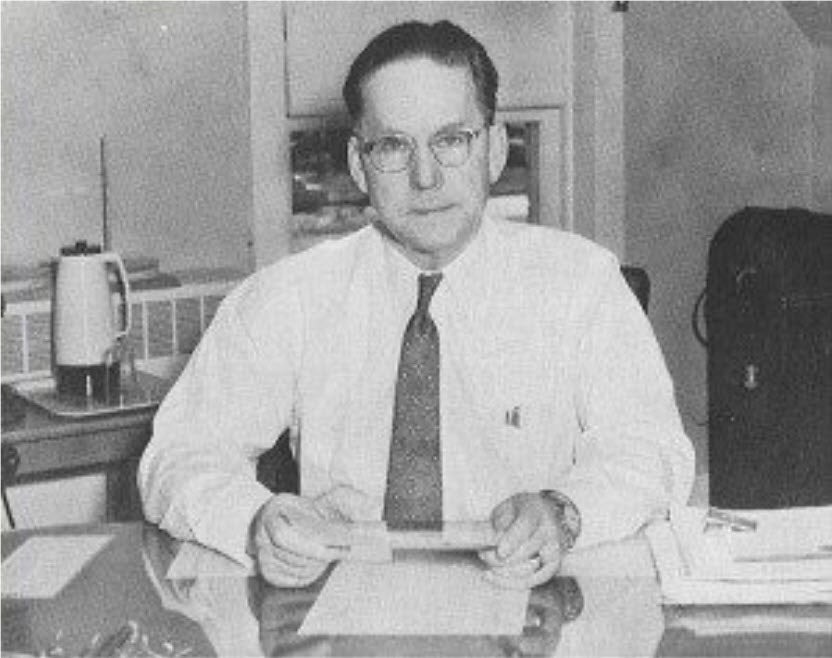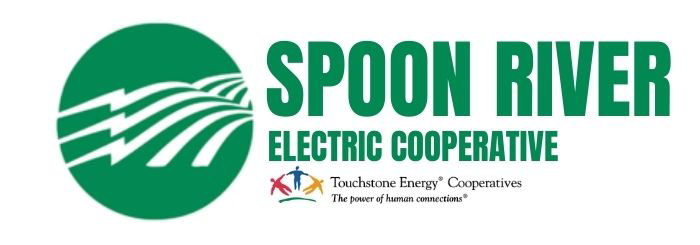Electric cooperatives began to spread across rural America after President Franklin D. Roosevelt created the Rural Electrification Administration (REA) in 1935. The Executive Order establishing the REA and the passage of the REA Act a year later, in 1936, marked the first steps in a public-private partnership that has bridged the vast expanse of rural America to bring electric power to businesses and communities over the last 70 years. This act provided for the loaning of funds at a low interest rate to any organization for the purpose of building rural electrical distribution systems.
Spoon River Electric Cooperative was incorporated in September, 1938 under the Cooperative, Not-For-Profit Act of the State of Illinois. The co-op was organized as a result of farmers, who tried unsuccessfully to have electric service extended to their farms. With the help of Mr. John Watt, then Fulton County Farm Advisor; Attorney H.B. Taylor of Canton; and Mr. Warren Maple, then Executive Secretary of the Farm Electrification Committee of the State of Illinois, progress was made.
L.C. Groat, first manager of the cooperative.
On September 8, 1938, a meeting was held at the high school in Cuba, Illinois. This meeting was attended by over 500 Fulton County farmers. The information on REA and the REA Act was presented and those present at the meeting voted unanimously in favor of organization of a rural electrification project. A group known as the County Committee was chosen and consisted of a representative from each township that would represent the people.
The first loan for the construction of electric distribution for Spoon River Electric Cooperative was approved by the REA in early 1939. The first lines constructed by SREC were placed in service and the first co-op members were served in the fall of 1939. The service territory of SREC is approximately 70 miles long and 35 miles wide at its longest points and serves all of Fulton County and parts of Knox, McDonough, Peoria, and Schuyler counties.

First Row (l to r): Ray Owen, Foreman; Carroll Barnes, Russell Swenson, Glen Davis, Clell King, Donald Freeman
Second Row (l to r): Gustav Swenson, Alvin Stell, Outside Plant Superintendent; Jack Yocum, Earl Malmgren, Mark Walraven, Earnest Robinson, Earl Hill


